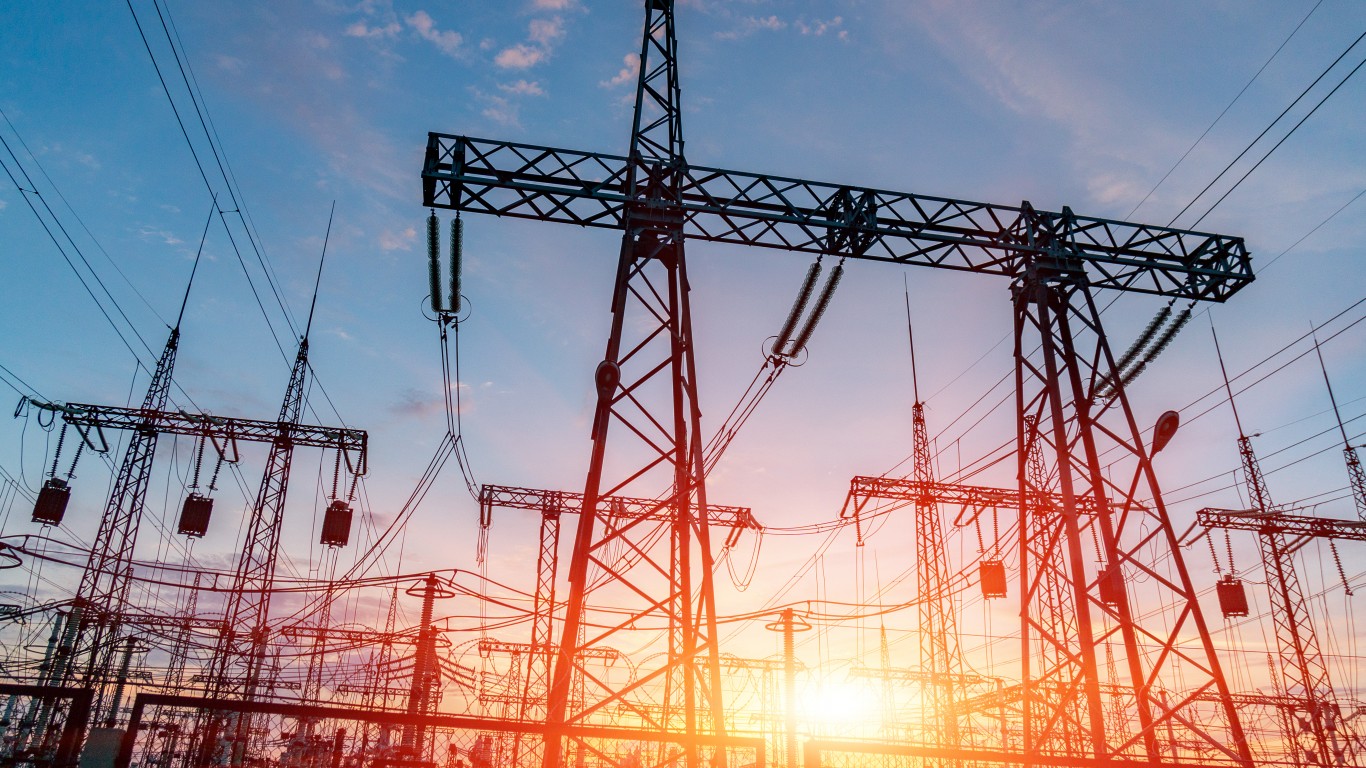
— Texas grid, reluctantly, becomes a showcase for how to work with renewables, and how not to
— In the battle for EV dominance between the U.S. and Europe, how each treats China will be the deciding factor
— How to build a guilt-free cruise ship
— Lithium-ion battery market expected to quadruple by 2030. Here are the winners
As the Texas electric grid strains under the pressure of an unprecedented heat dome this week, grid operators around the country — and the world — are watching for valuable lessons in both renewable energy and grid management.
Against the wishes of Texas Gov. Greg Abbott and most of the fossil fuel industry, it is solar and wind power that are saving the grid as the rush of air conditioners piles on the demand. Texas is a leader in solar and wind, despite being oil and gas country, a lesson in how the two energies can co-exist on a perfect grid, outside of the political arena. It’s first in wind and in the top five in solar.
But the spirit of isolationism still runs strong in Texas, and its leaders have consistently resisted connecting the state grid with the other major U.S. grids, which could send it power in times of need, such as California often requesting power from nearby Nevada or Oregon. This is a lesson in how all grids will need to be connected, because the current setups are rapidly succumbing to the extreme temperatures hitting wide parts of the country and world, as seen this week from Texas to Beijing.
For investors, the lessons should be abundantly clear. Solar and wind stocks, mostly weak the past few years as the energy trade became unpopular, at some point are going to react to the tremendous increase in renewable production. But only if all that energy can be absorbed by our grids, which need a massive overhaul.
They might not be as sexy as AI, but innovation and new technologies in grid evolution will ultimately be kingmakers in the energy transition.
Subscribe to Callaway Climate Insights to keep reading this post and get 7 days of free access to the full post archives.





